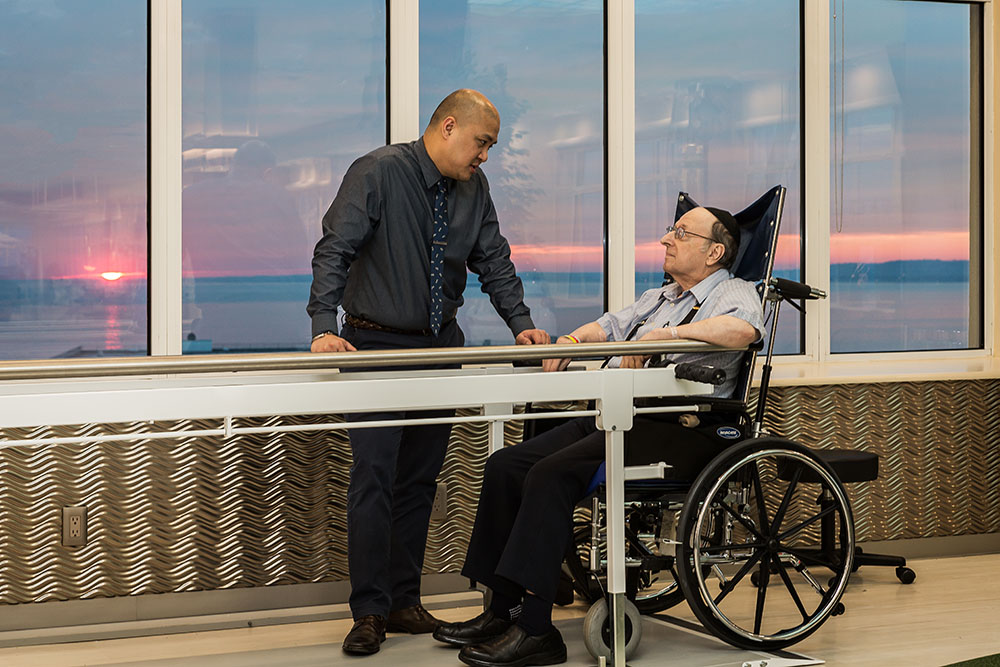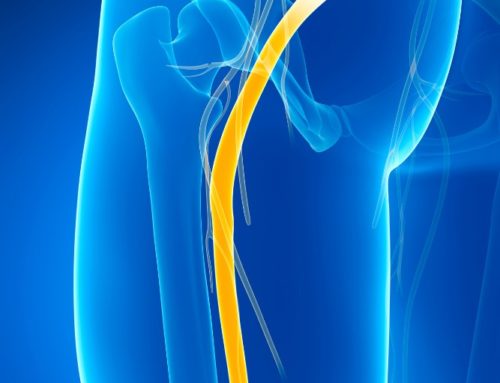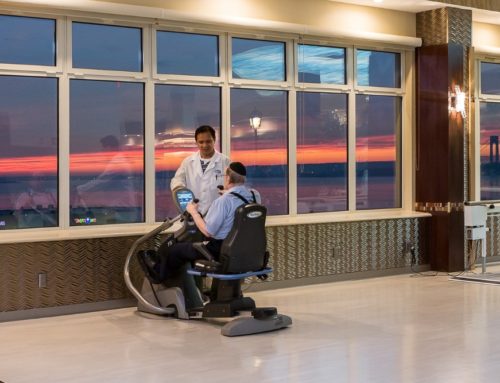Injuries result from accidents, falls, sports, or medical conditions. No matter the cause, injury rehab is crucial for those of all ages to recover. The proper therapies use specialized techniques and medical equipment to speed up healing and help individuals regain their abilities and restore emotional and mental health. Trained professionals customize treatment plans to match your issues to ensure your needs are met.
For serious conditions, inpatient rehab therapies may be necessary to improve functional movements. Physical therapy – part of rehab – is a supervised treatment designed to regain muscle strength, flexibility, and mobility. The therapy restores motor skills, balance, and coordination to help individuals regain their confidence and independence.
Haym Salomon Home for Nursing and Rehabilitation in Brooklyn, NY, offers restorative therapy to those injured by falls at home or work, sports and traffic accidents. For more information on treatment after an injury, check out the following sections.

How Long After an Injury Should You Start Rehab?
The timing for starting rehab depends on the type and severety of your condition, so your doctor will determine the safest time to begin treatment. However, they often recommend rehab as soon as possible after an injury in order to prevent complications. They will also customize a therapy plan to aid recovery without risking further complications.
What happens if you avoid therapy?
Though some injuries require longer wait times before rehab begins, it’s best not to delay too long. Doing so may have serious consequences, some of which may be permanent. Issues include reduced range of motion, nerve damage, muscle weakness, and mobility issues.
The longer you wait to begin injury rehab, the worse those complications become. It’s best to follow the instructions of your medical team to avoid such issues. They’ll create a customized plan to ensure a safe and effective recovery. With the proper therapy, you’ll heal faster, allowing you to resume your routine before you know it.
The difference between physical therapy and rehabilitation
Physical therapy and rehabilitation are often used interchangeably. Though they share certain aspects, these two treatment options are not identical. Before beginning any recovery steps, it’s essential to learn the differences between the two.
Rehabilitation involves a variety of programs, which are structured and often intensive, depending on the goal of the patient. Some programs involve daily treatments, though they may be flexible on whether they require inpatient or outpatient settings.
Possible programs for injury rehab may include occupational therapy, speech therapy, psychologists, dietitians, social support, and physical therapy. The recommended treatments vary depending on the injury type and severity.
Though it may be part of rehabilitation, physical therapy can also be a stand-alone treatment. It focuses on exercise programs that improve mobility and increase strength, flexibility, and range of motion. The activities are less intense and supervised by a trained physical therapist. As well as exercises, heat and cold therapy, TENS, massage therapy, and other techniques may be included in the program.
Resources:
https://www.healthdirect.gov.au/rehabilitation-after-illness-or-injury
https://www.nationwidechildrens.org/specialties/sports-medicine/sports-medicine-articles/dont-forget-the-rehab#:~:text=Phase%201%20%2D%20Control%20Pain%20and,Balance%20Training%20%26%20Sport%2DSpecific%20Training
https://www.getwellphysiotherapy.org/injuries-and-physical-therapy/#:~:text=If%20left%20untreated%2C%20you%20risk,motion%2C%20and%20decrease%20muscle%20function
https://www.sochi.edu/blog/difference-between-rehabilitation-physical-therapy/
This content comprises informative and educational resources only and can not be considered as a substitute for professional health or medical guidance. Reliance on any information provided in this article is solely at your own risk. If you have any inquiries or apprehensions about your medical condition or health goals, talk with a licensed physician or healthcare provider.






Hey there, You have done a fantastic job. I will certainly digg it and personally recommend to my friends. I’m confident they’ll be benefited from this site.